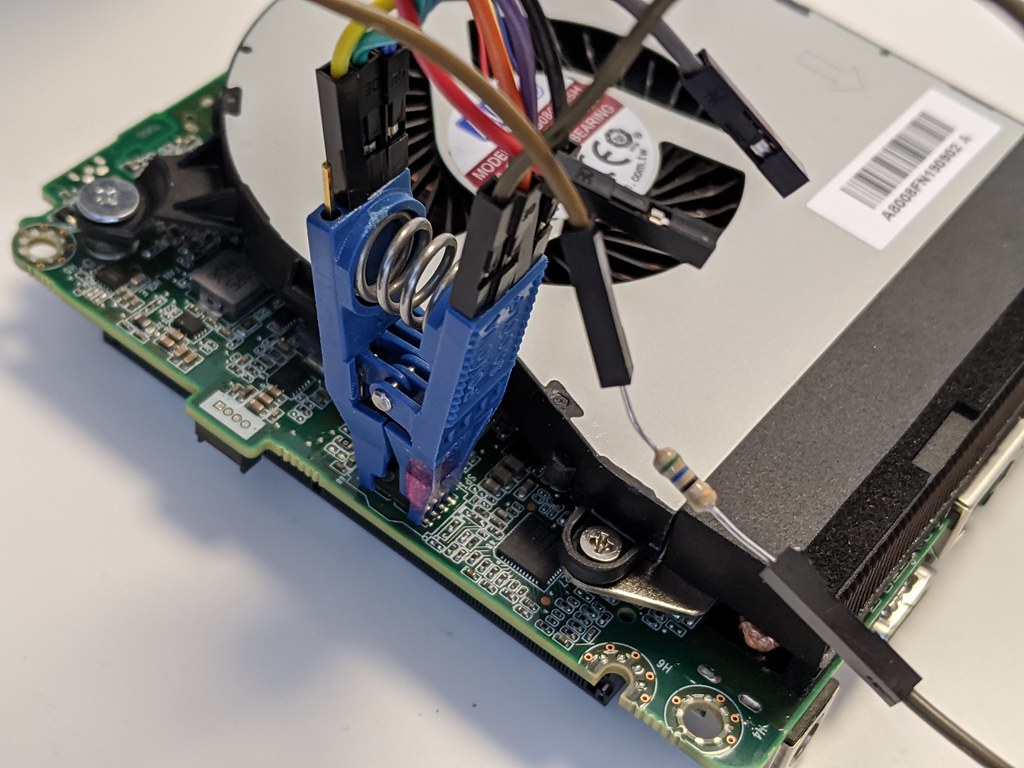As the amount of sensitive data stored on computers has exploded over the past decade, hardware and software makers have invested increasing amounts of resources into securing devices against physical attacks in the event that they’re lost, stolen, or confiscated. Earlier this week, Intel fixed a series of bugs that made it possible for attackers to install malicious firmware on millions of computers that use its CPUs.
The vulnerabilities allowed hackers with physical access to override a protection Intel built into modern CPUs that prevents unauthorized firmware from running during the boot process. Known as Boot Guard, the measure is designed to anchor a chain of trust directly into the silicon to ensure that all firmware that loads is digitally signed by the computer manufacturer. Boot Guard protects against the possibility of someone tampering with the SPI-connected flash chip that stores the UEFI, which is a complex piece of firmware that bridges a PC’s device firmware with its operating system.
Hardware-enforced security
These types of hacks typically happen when attackers attach hardware to the insides of a computer and use Dediprog or similar chip programming tools to replace authorized firmware with malicious firmware.
As Intel explains here:
UEFI BIOS code execution is generally untethered to the underlying hardware, which means this UEFI BIOS code runs without being verified or measured. Hence, this makes the entire boot process vulnerable to subversion of the BIOS, whether that can happen through an unprotected update process or simple hardware attacks using SPI flash memory replacement or using a Dediprog.
Intel Boot Guard provides robust hardware-enforced boot policy controls to platform manufacturers and platform owners to authorize which BIOS code is allowed to run on that platform. Intel Boot Guard provides that hardware based Root-of-Trust (RoT) for platform boot verification, which is responsible for verifying the BIOS image prior to BIOS execution. Intel Boot Guard raises the security bar of the platform, reducing the above attack vectors and making it harder to launch attacks to subvert the boot process.
Early this year, security researcher Trammell Hudson discovered three vulnerabilities that prevented Boot Guard from working when a computer comes out of sleep mode. Known technically as S3, this mode preserves all items stored in computer memory but shuts off the CPU entirely.



 Loading comments...
Loading comments...
